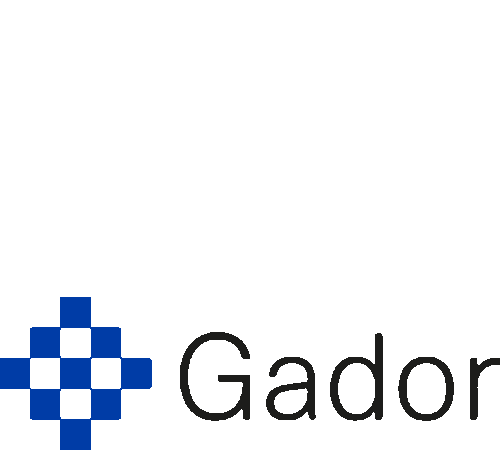Introduction. Direct acting antiviral (DAA) therapies have be- come the standard of care for treatment of hepatitis C virus (HCV) chronic infection due to their high efficacy and safety.
Objective. To assess the impact of DAA therapies for treatment of HCV chronic infection in advanced liver disease or liver transplant (LT) patients from Uruguay. Material and meth- ods. Thirty patients treated with sofosbuvir and daclatasvir (genotypes 1 and 3) or sofosbuvir and ledipasvir (genotypes 1) with or without ribavirin for 12-24 weeks between march 2016 and march 2018 were included. The primary endpoint was sus- tained virological response at post-treatment week 12 (SVR12) (modified intention-to-treat) and the secondary endpoint was the occurrence of adverse events (by spontaneous report). Pre- dictors of treatment response were analyzed. The third endpoint was delisting in the subgroup of patients awaiting LT. Predic- tors of delisting were analyzed. Statistical significances were ana- lyzed using unpaired t-test for quantitative variables and likelihood-ratio Ï2 for qualitative variables.
Results. 90% of the patients achieved SVR12; 92% in the LT and 88% in the ad- vanced liver disease patients. Albumin < 3.5 mg/dL and platelet count < 100,000 were predictors of treatment non-response (p 0.0167). 43.3% of patients experienced mild adverse events, only one patient discontinued therapy due to major adverse event. 56% were inactivated due to clinically improvement and 33% subsequently delisted after a mean period of 40 weeks after the end of treatment. Baseline MELD score < 15 was predictor fac- tor of delisting (p = 0.0297).
Conclusion. DAA therapy achieved high SVR rates with a relatively safe profile, and al- lowed removal from the waiting list of one third of treated pa- tients. Patients with a MELD score â„ 15 and predictors of treatment non-response, could be considered to be treated in the post-LT setting.




